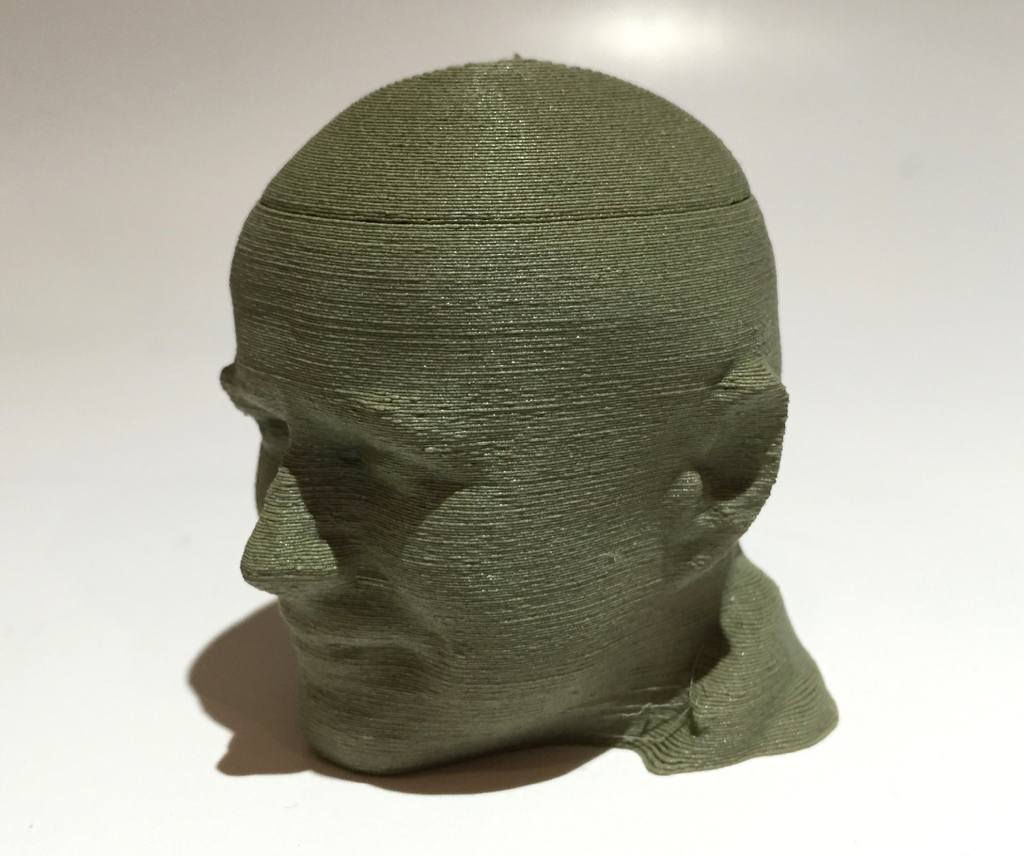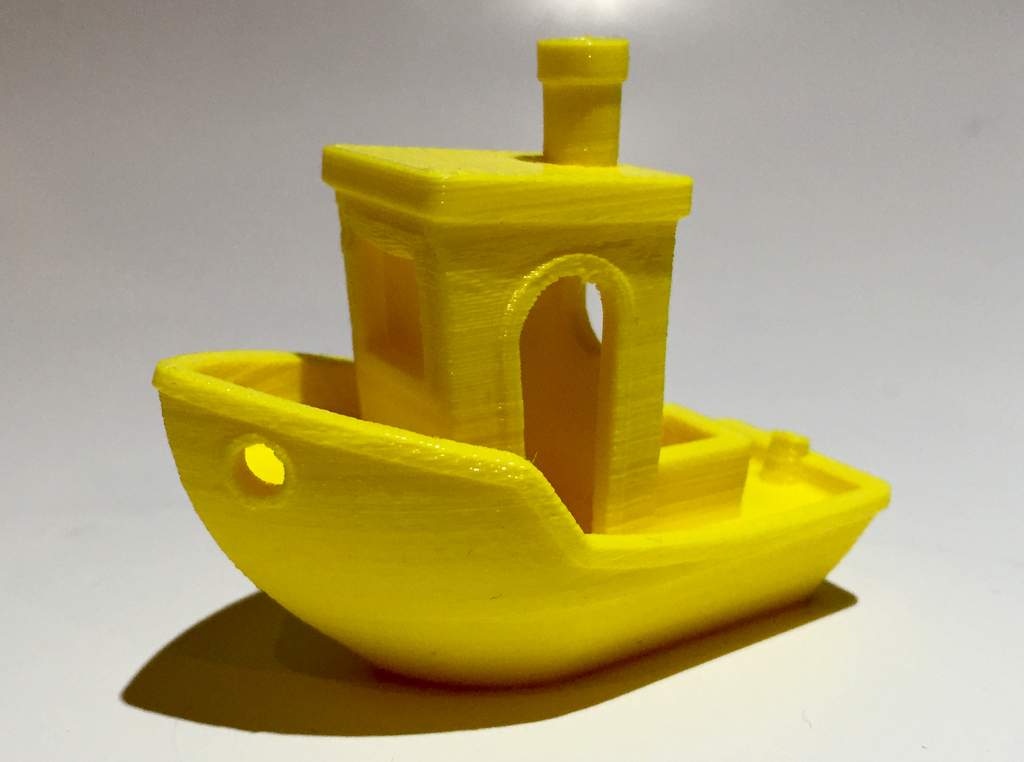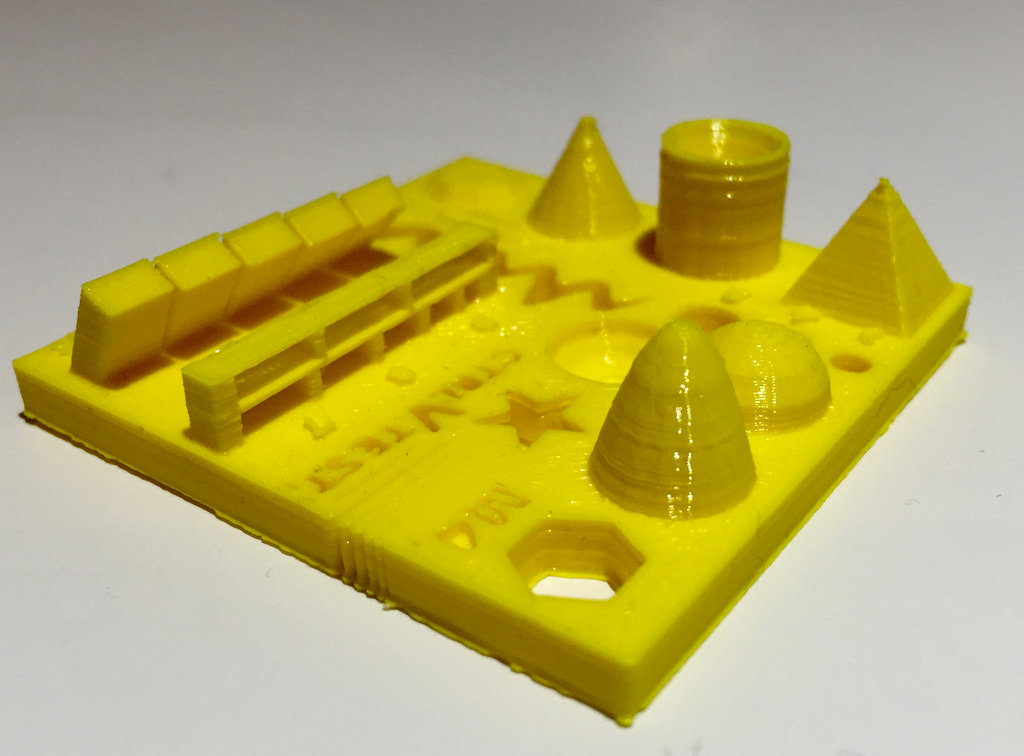We’re testing several new filaments in the lab lately, and one set comes from 3D-Fuel, who provide a very strange algae-based filament.
3D-Fuel is a small and very new 3D printer filament company based in the US – and in fact they produce their products in the USA as well. They’re based in Las Vegas, but will soon be expanding with plants in different areas of the US. Their goal is to produce very high quality filament (and other 3D printing accessories) from their USA operations.
We obtained two samples from the company. The first is their “Advanced PLA”, or APLA filament. It’s designed to printed in the same conditions as PLA, but with greater strength. The company also says the material is of very high quality tolerances, with a maximum of 0.03mm variance in diameter through the use of dual laser monitoring systems.
The “high grade” resin from which the filament is made has “improved heat-resistance and has faster crystallization rates”.
We tested the APA filament and found that it is actually very good!
Here we can see the results of the #3DBenchy test, which came out almost perfectly.
Even more impressive was the CTRL-V test. Note the bridging section of this test, which is where most poorly designed filaments fail miserably: it’s almost flawless. The tilt test section also fared very well.
The prints in APLA are noticeably stronger than common PLA, although we did not scientifically test them in any manner. 3D-Fuel says they will soon be producing an ABS-like material soon.
During printing there is virtually no odor, unlike most PLA filaments, which tend to smell like burning sugar (which is actually what they are made of!)
We encountered no jams with APLA and intend on using it in future projects. There’s nothing more useful for a 3D printer than good filament!
The other filament sample provided by 3D-Fuel was their unusual algae-based filament. It’s actually a joint venture with their partner, Algix Bio Plastics of Mississippi. They produce a resin made from a mixture of PLA and, well, algae!
We were curious about how this material is produced, and it’s actually quite simple: algae is literally harvested from swamps, where it grows freely. These harvests are then dried and powdered to be mixed with PLA to form the base resin.
We enquired about color quality, as one can imagine random swamps may produce algae with varying coloration. Evidently the company does tweak their colors with pigments if necessary, but apparently the natural colors are typically already present.
At top you can see a print we made of our “Robert” head in the natural green color. We found this material to print quite successfully in all respects, and the colors are terrific for many purposes. (Note: there is a prominent layer line on Robert’s forehead. This was due to a spooling snag and nothing to do with the filament quality itself.) It’s also good to know that this material is almost entirely made from renewable sources.
However, we did find one issue with the algae material: Odor!
When printing this filament, the heated plastic emitted a highly pungent odor that was reminiscent of, guess what, a swamp! We’ve never encountered such a smell while 3D printing in all the filament we’ve tested, and to be honest, it was not pleasant.
While 3D-Fuel’s algae filament is a perfectly suitable material, we strongly recommend using it only in a properly ventilated area or you’ll be facing an aroma you may not like.
3D Fuel seems to be an up and coming high-quality filament provider that you might want to watch. Currently they’re developing more product lines and can sell either directly or by white labeling their products for other brands.
Via 3D-Fuel




